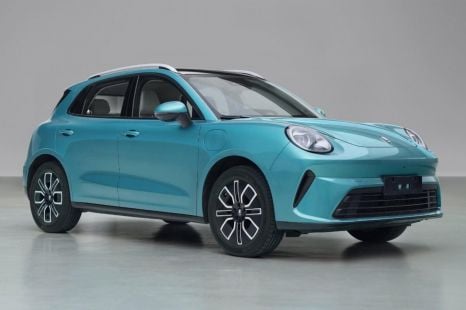

William Stopford
GWM is finally launching an electric SUV as Ora Cat breaks cover
17 Hours Ago
The Mini Countryman is now available with an electric powertrain for the first time ever. In SE ALL4 guise it's a proper sleeper.
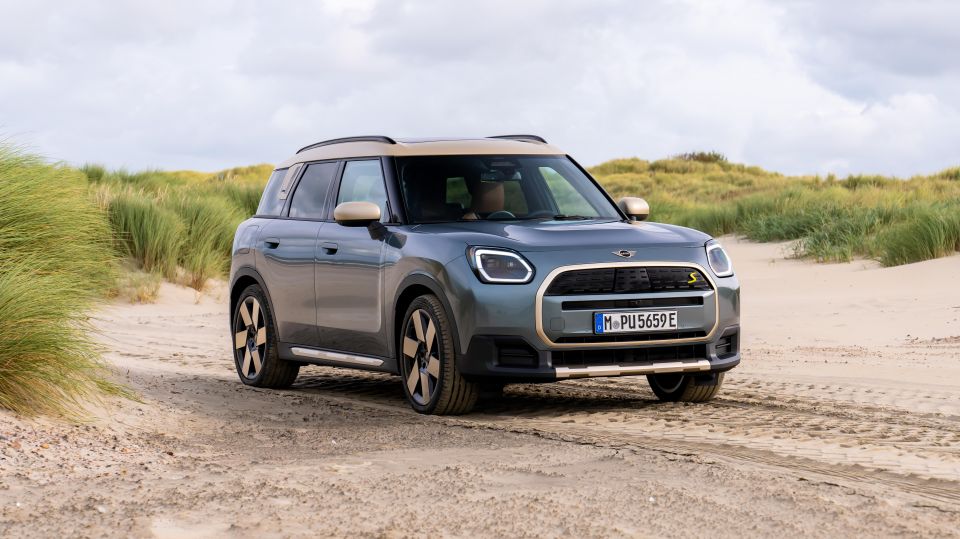


Quickly see how this car stacks up against its competition. Select any benchmark to see more details.
Where expert car reviews meet expert car buying – CarExpert gives you trusted advice, personalised service and real savings on your next new car.
Mini‘s largest vehicle has grown again and is now available in all-electric form.
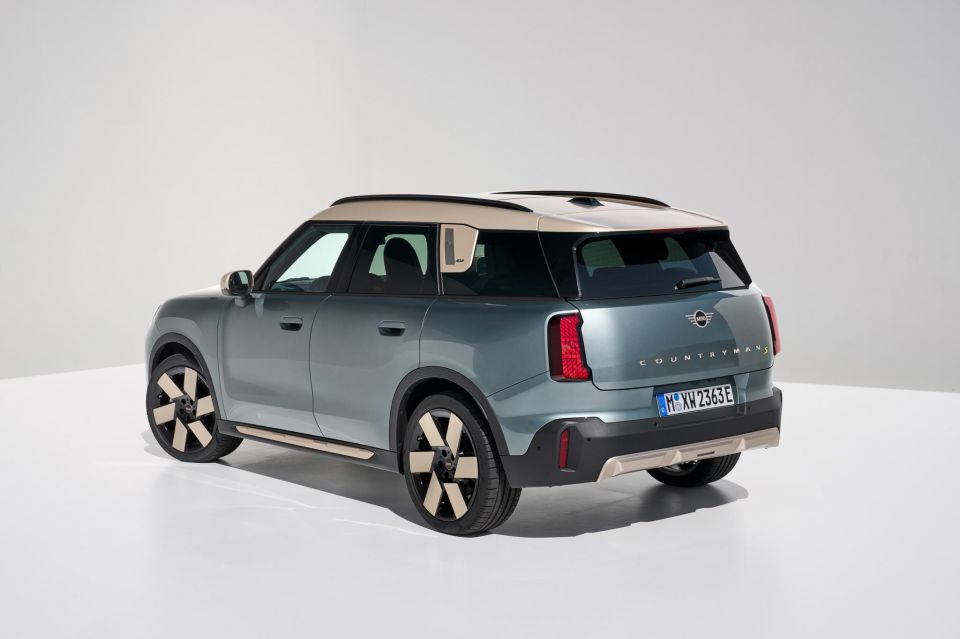
The new-generation 2024 Mini Countryman is hotly anticipated and ushers in a new design language for the company – one that completely ditches leather products and chrome finishes.
Compared to the previous-generation model, the Mini Countryman is now 13cm longer and 6cm taller. This is claimed to allow for more “passenger comfort and versatility”.
There’s also a new 9.4-inch circular OLED touchscreen infotainment system running the company’s new Android-based Mini Operating System 9, which offers features like ‘Experience’ modes, a voice assistant, as well wireless Apple CarPlay and Android Auto among others.
As part of the international media launch in Portugal, we had the opportunity to briefly sample the flagship all-electric Mini Countryman SE All4 – due to launch locally around mid-year.
There are myriad Countryman variants available. On test here is the flagship, the all-electric 2024 Mini Countryman SE All4 in Favoured trim.
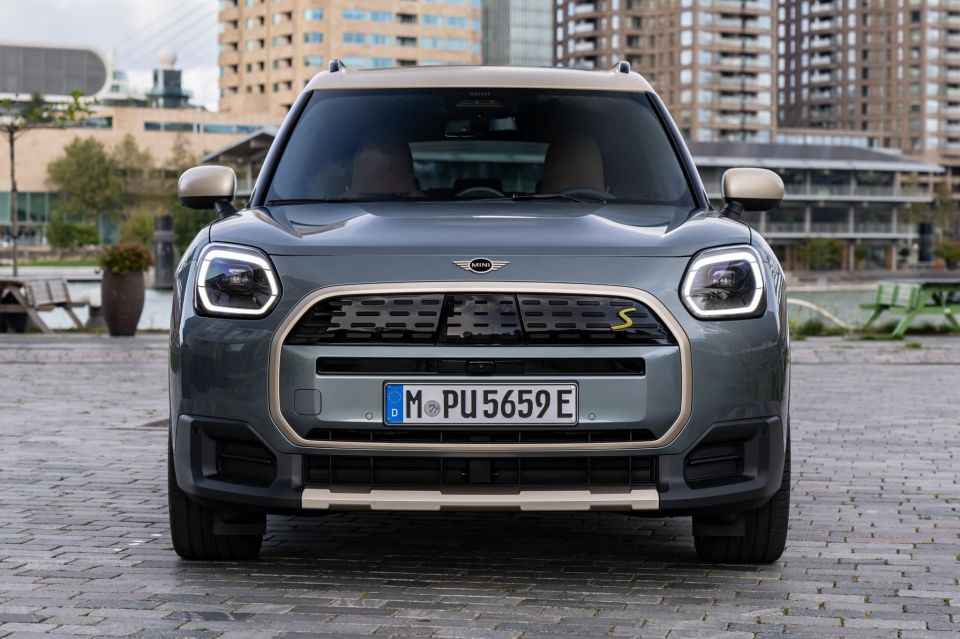
2024 Mini Countryman pricing:
Mini Countryman C
Mini Countryman S All4
Mini Countryman E
Mini Countryman JCW ALL4
Mini Countryman SE ALL4
Prices exclude on-road costs
To see how the Countryman compares with its rivals, use our comparison tool.
Buy your new car without the stress. It's fast, simple and completely free.

Great service from Travis and team, second time I have used this business would not hesitate to recommend them to anyone
Craig C.
Purchased a Ford Ranger in Sunshine Coast, QLD
CarExpert helped Craig save $7,224 on his Ford Ranger, now let us save you on your next new car.
Get your BEST priceWalking up to the new Mini Countryman SE there’s a clear sense of presence. The crossover does look quite large, though surprisingly somehow it still looks like a Mini.
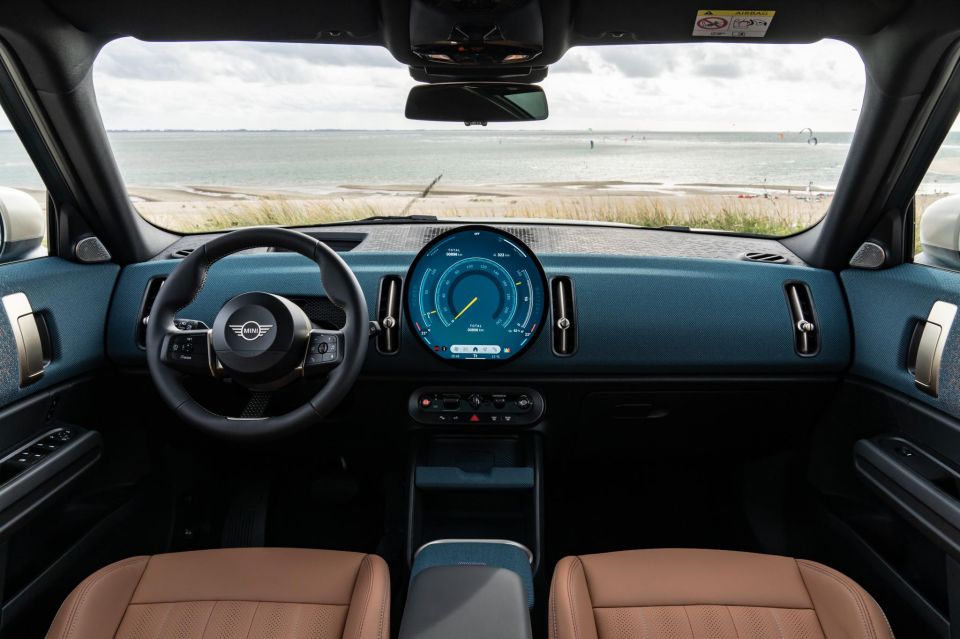
You’re able to choose from three different exterior lighting signatures for the headlights and tail lights. These include Classic, Favoured and John Cooper Works (JCW).
The configurable exterior lighting signatures are cool because it allows you to customise your vehicle to your liking, but ultimately after a while it starts to lose its novelty value.
Thanks in part to the sought-after higher ride height, hopping in and out of the new Countryman is really easy. You don’t need to hop up or down but rather pivot sideways which is easy on your hips.
Once you’re inside you’re presented with a set of beautiful-looking faux leather seats that are finished in a warm brown colour. They feature a number of perforated sections which is handy for ventilation, although the seats don’t actually have a cooling function.
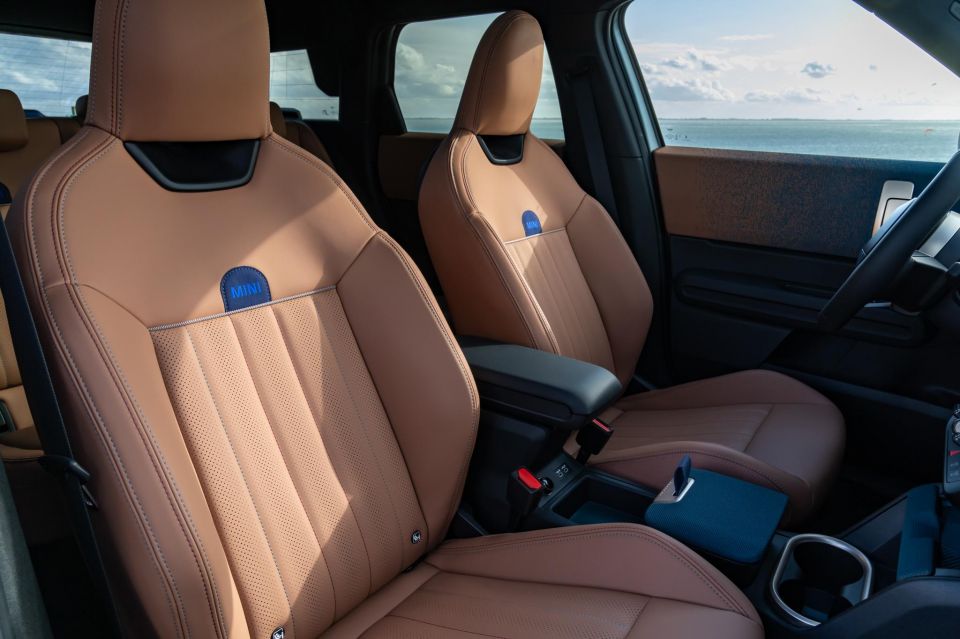
What the front seats do have however is electric adjustability with plenty of thigh support, as well as massage function and heating. The latter is nice when you first hop in on a cool morning.
The driver’s seat in particular is a very comfortable place to be with plenty of side bolstering hugging you in nicely. The headrest, which is a fixed unit atop the backrest, is a little far forward but you soon get used to it.
Ahead of the driver is a small steering wheel that’s wrapped in faux leather and offers heating to warm up frozen fingers. The hand grips in particular are extremely chunky which makes the steering wheel feel substantial in hand.
The steering wheel is technically a three-spoke unit, with two of the spokes having clicky and logically placed buttons on them. The third spoke however is a taut fabric strap finished in black with Vibrant Silver highlights.
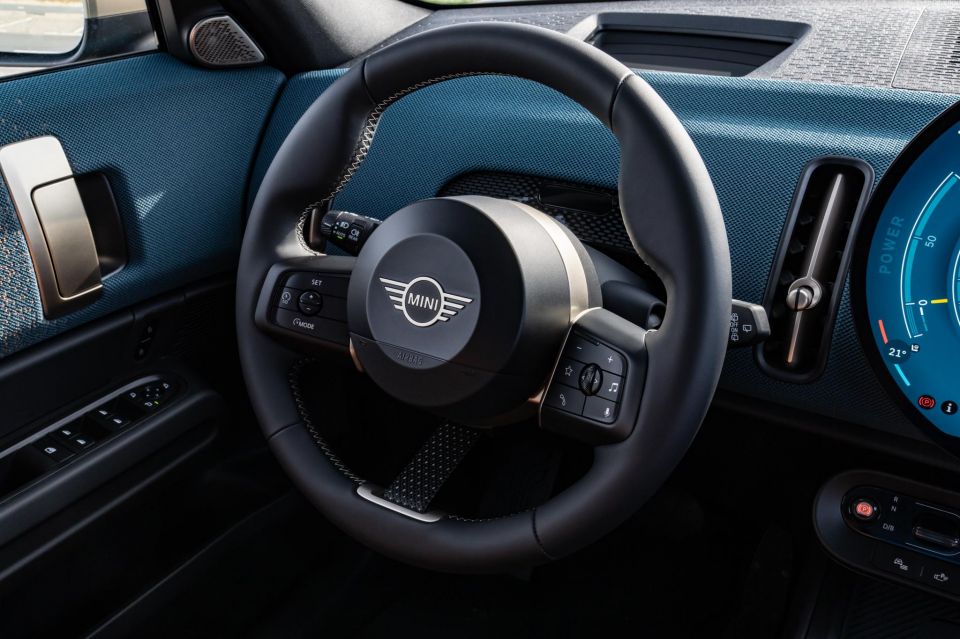
The fabric strap on the steering wheel is a strange addition but interestingly doesn’t stand out too much as there’s a wide range of similar-looking textiles around the cabin.
The new-generation Mini Countryman doesn’t have any form of digital instrument cluster ahead of the driver. Instead there’s a head-up display that’s clear and bright, even with polarised sunglasses on.
The head-up display is a fold-up unit rather than one that projects directly onto the windscreen. The reason for this is because the car’s windscreen is too steeply raked.
Like a digital instrument cluster it shows a wide range of critical information including current speed, navigation and cruise control.
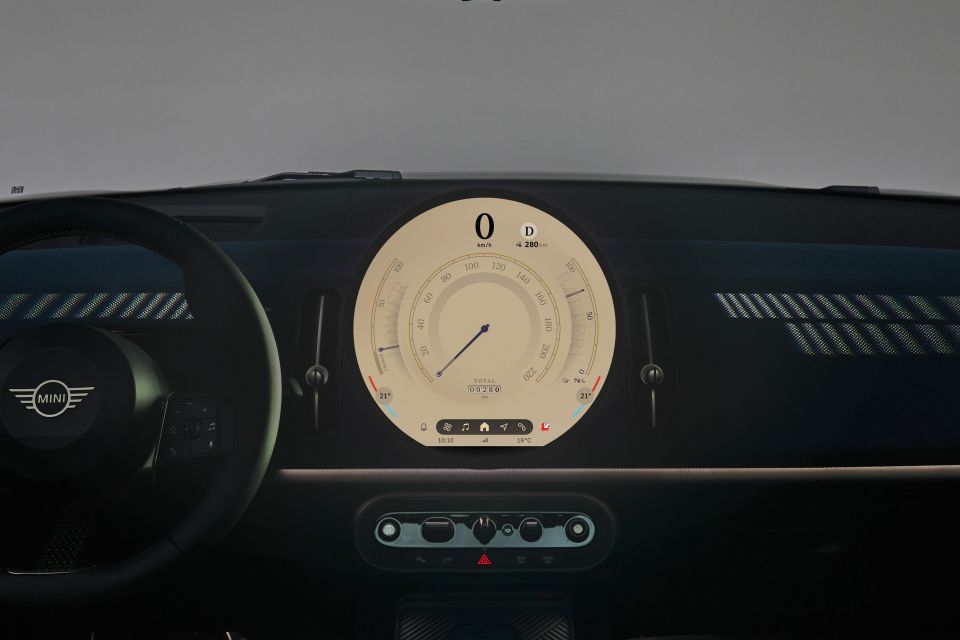
Moving across is a new 9.4-inch circular OLED touchscreen infotainment system which is the centrepiece of the new Countryman. Off the bat it’s a fantastic-looking screen that’s incredibly high-resolution and has vibrant colours.
Depending on your preferences and how you want to drive the car, there are a range of different ‘Experience’ modes. These not only change the look of the infotainment system, but also change the car’s characteristics like drive modes, and also the synthetic drive sound played for electric variants.
The default or normal ‘Experience’ mode is referred to as Core, with others including Go Kart, Green, Vivid, Timeless, Personal, Balance, and Trail. My favourite in the Countryman SE was Timeless as it made the satellite navigation map look like a video game map and it also played a drive sound that was reminiscent of a classic Mini Cooper.
Every time you change the ‘Experience’ mode there’s a corresponding animation and jingle that plays. This is really cool at first but after a while it gets a little frustrating as the music you have playing cuts out momentarily while the jingle plays. Thankfully you can turn off the ‘Experience’ mode change jingles.
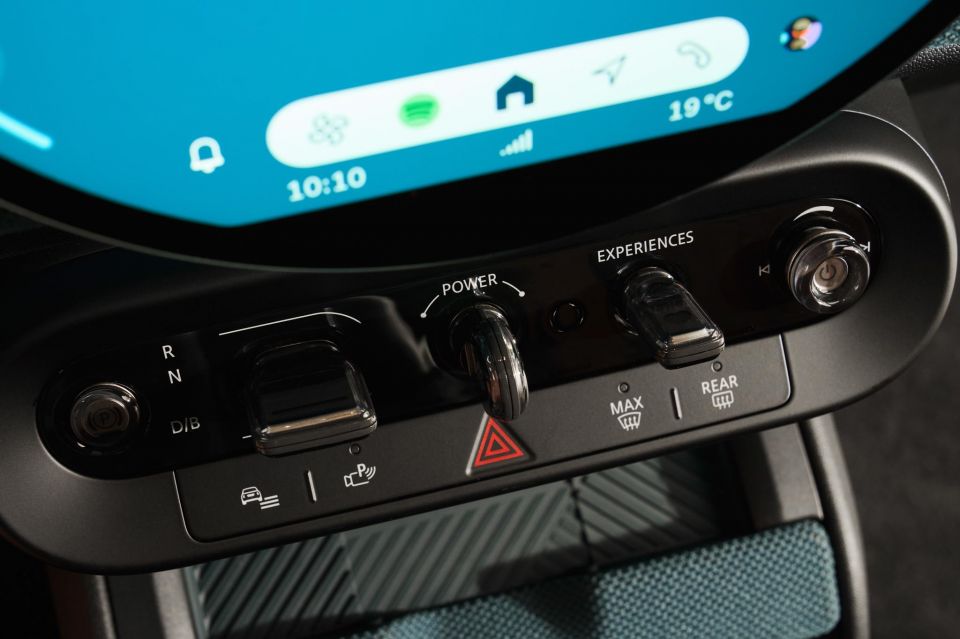
Annoyingly howeve,r when you’re changing between ‘Experience’ modes you’ll quickly realise things get laggy. This is a common theme when you’re asking the touchscreen to do multiple things at once, which is disappointing.
The new Android-based Mini Operating System 9 interface is easy to navigate and not as overwhelming as BMW Operating System 9 in the related BMW X1 and X2.
Although I mentioned the touchscreen can get laggy, this is primarily when you’re quickly swapping between apps and menus. Once you spend a bit in a certain app like satellite navigation for example, things start to work a bit more smoothly.
A lot of infotainment system’s motifs, symbols and animations are centred around it being round, but there’s no escaping how smartphone mirroring is a square window on the touchscreen with plenty of blank space surrounding it. It’s a little strange at first, but you get used to it after a while.
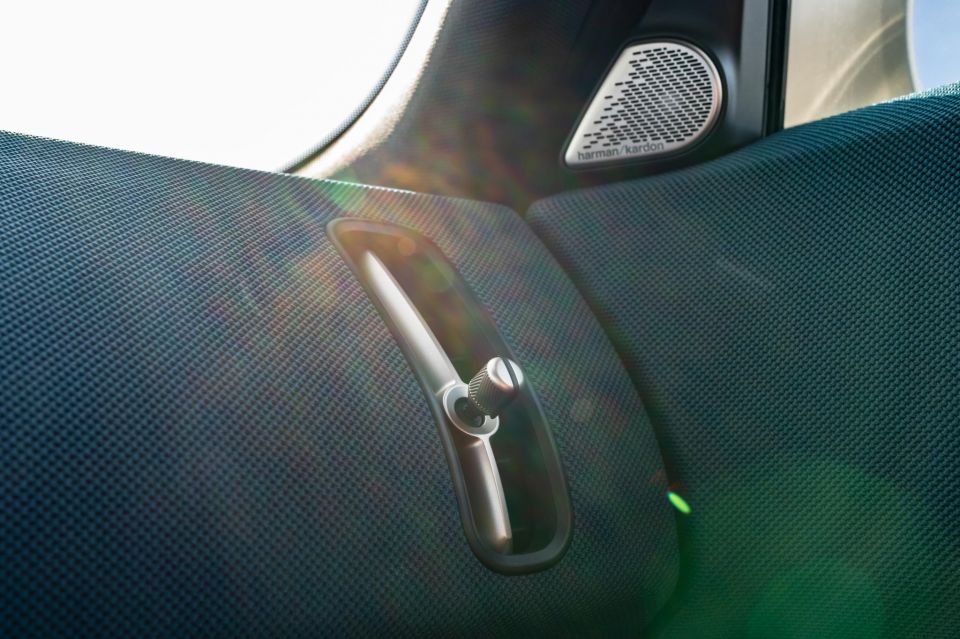
As standard there’s both wired and wireless forms of Apple CarPlay and Android Auto. With an iPhone 13 Pro connected with wireless Apple CarPlay there were no dropouts whatsoever.
There’s also a conveniently placed wireless phone charger at the front of the centre console which reliably charged the phone. It also didn’t slide around too much on twistier sections of the Portuguese roads.
Frustratingly the climate controls are built into the touchscreen, but thankfully the dual-zone temperature controls are always present on the display. It’s only if you want to adjust things like where the air is flowing you’ll need to use the screen.
If you don’t want to use the touchscreen to adjust the climate control settings, you can also use the car’s voice assistant which can be triggered by the phrase ‘Hey Mini’, or by pressing the microphone button on the steering wheel.
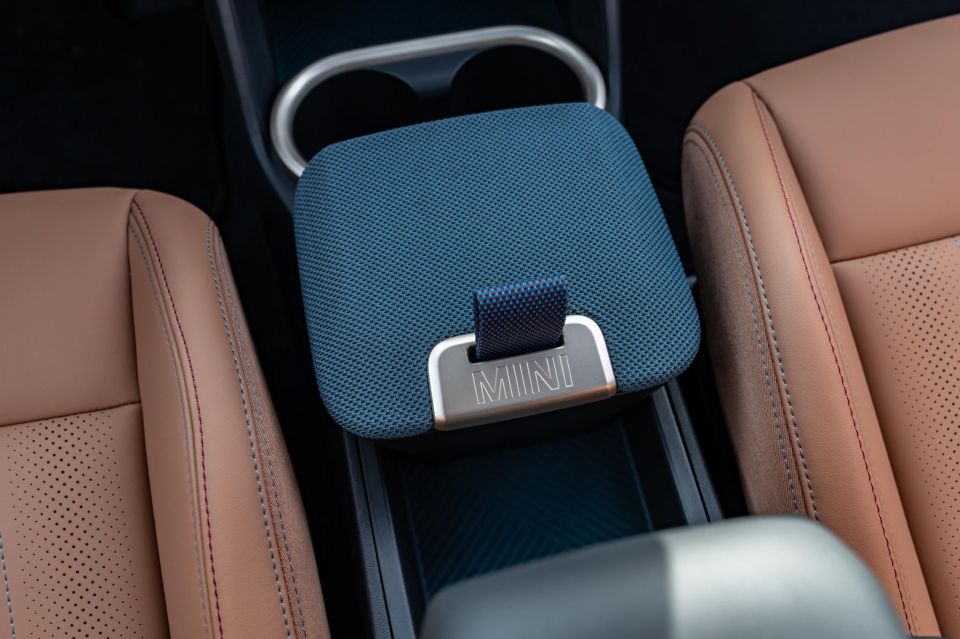
Looking around the cabin there are a range of unique touches. The most notable is the textile dashboard that appears to be soft from afar but in reality is rather coarse.
In the Countryman SE Favoured tested here, the textile dashboard is Vintage Brown at the front, but this then transforms to Dark Petrol as it wraps around onto the front and rear doors.
The textile dashboard looks rather swish actually, but disappointingly you don’t need to look far to find cheaper and nastier-feeling plastics. Thankfully the main touch points, including the armrests, are soft enough.
Under the touchscreen is a select range of physical buttons and knobs including ones for the gear selector and ‘Experience’ modes. There’s also a small key-like knob you need to turn to switch the car on and off.
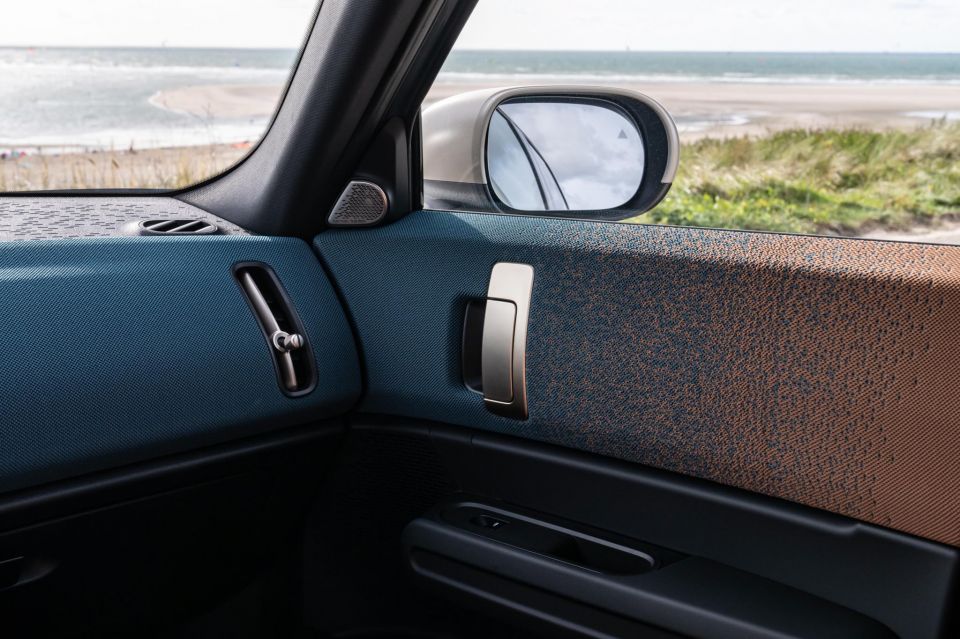
Given the gear selector has been moved to the dashboard, this technically frees up area on the centre console for more storage space. The annoying thing however, is the space isn’t properly utilised.
There’s a small open storage shelf at the front of the centre console underneath the wireless phone charger, then there are two decently sized cupholders behind it.
Interestingly there’s a small textile-covered storage section that’s meant to be centre console box. The centre armrest thankfully slides but doesn’t open, rendering the space underneath it useless.
Moving to the second row is where the additional size and heft of the new-generation Countryman makes itself most known. At a leggy 182cm tall there’s enough leg, head and shoulder space behind my preferred driving position.
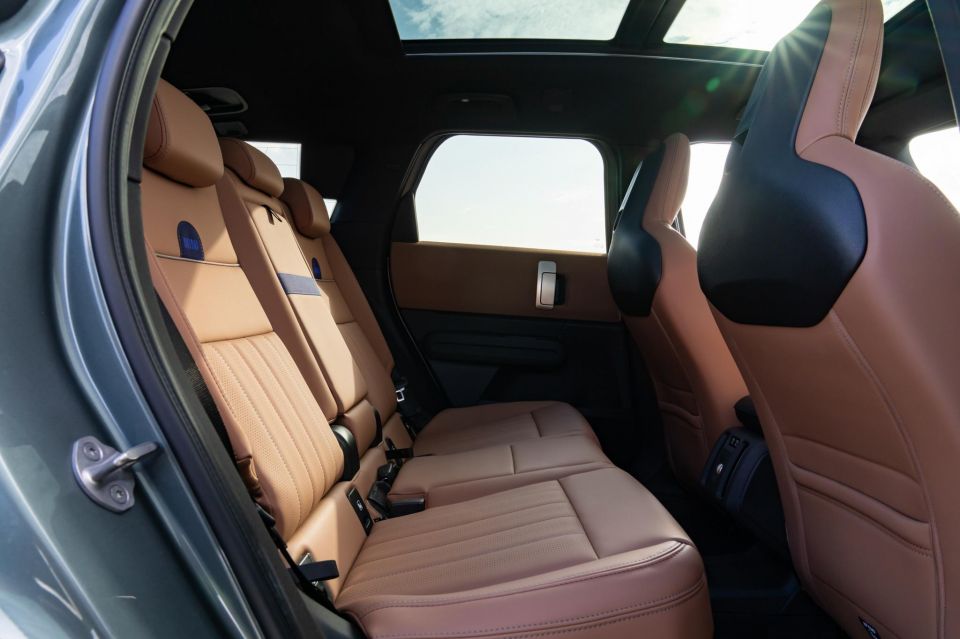
Unlike the X2 and iX2 which I also drove in Portugal at the same event, there’s no noticeable compromise in headroom with the electric powertrain as fitted to this tester.
The second-row bench folds in a 40:20:40 configuration, which means each folds down individually. Every second-row seat backrest also reclines back a bit, which allows you to sit back and relax.
Second-row amenities include console-mounted air vents, USB-C ports, and a fold-down armrest with cupholders. There are also the requisite ISOFIX and top-tether anchor points for mounting child seats.
Around the back the Countryman SE has a power tailgate with a hands-free function, which is handy if you’re trying to open the boot with your hands full.
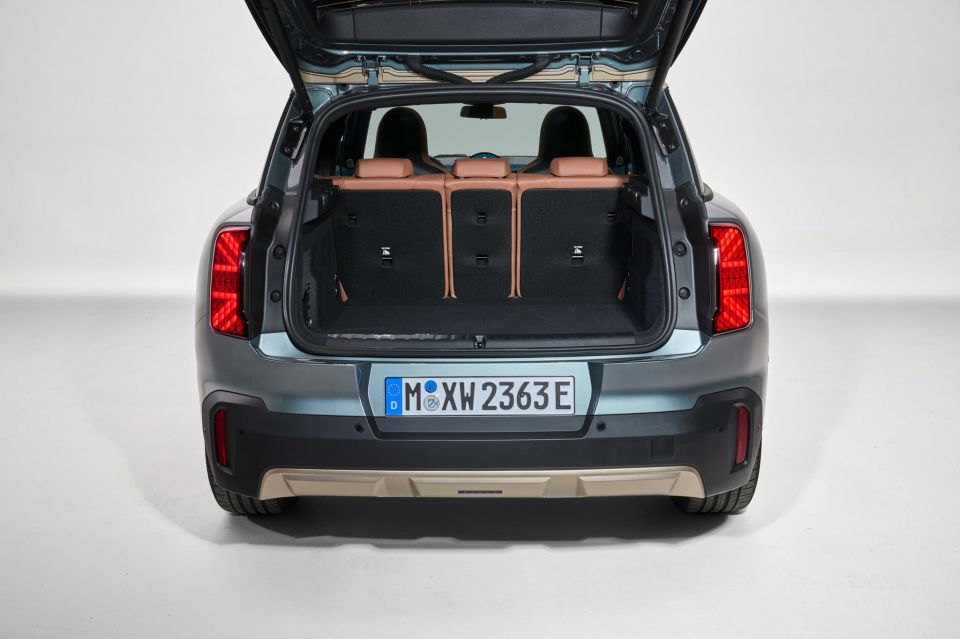
Once the boot is open you’re presented with an adequately sized boot. Mini officially quotes a boot capacity figure of 460 litres, which expands to 1450 litres with the second row of seats folded.
Thankfully there’s a nice area underneath the boot floor to stow your charging cables, but this comes at the cost of having no spare tyre whatsoever. You get a tyre repair kit instead which is unfortunately typical in EVs.
On test here is the most powerful all-electric variant called the Countryman SE ALL4. There’s also a single-motor variant called the Countryman E
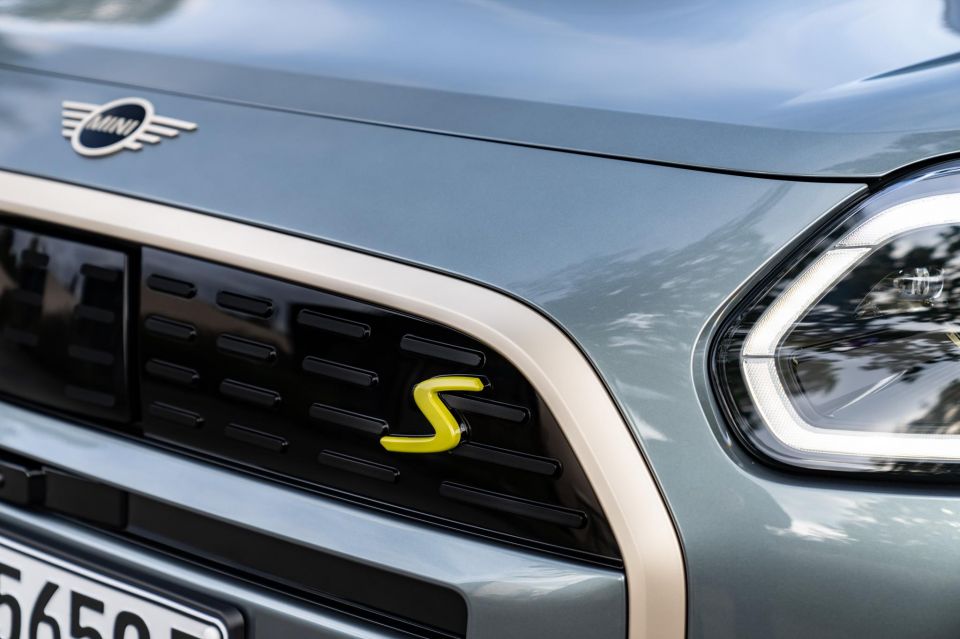
Where expert car reviews meet expert car buying – CarExpert gives you trusted advice, personalised service and real savings on your next new car.
| Model | Mini Countryman SE ALL4 |
|---|---|
| Electric motors | Dual electric motors |
| Total system power | 230kW |
| Total system torque | 494Nm |
| Driven wheels | All-wheel drive |
| Battery | 67kWh lithium-ion |
| Weight | 2000kg (kerb) |
| Claimed range | 432km (WLTP) |
| Energy consumption (claimed) | 16.8-18.5kWh/100km |
| Energy consumption (observed) | 18.3kWh/100km (50km mixed) |
| Maximum DC charging rate | 130kW |
| Charging time (10-80 per cent) | 29 minutes |
To see how the Countryman compares with its rivals, use our comparison tool.
It’s worth noting straight away that we only experienced the new Mini Countryman SE briefly as part of the international media launch in Portugal.
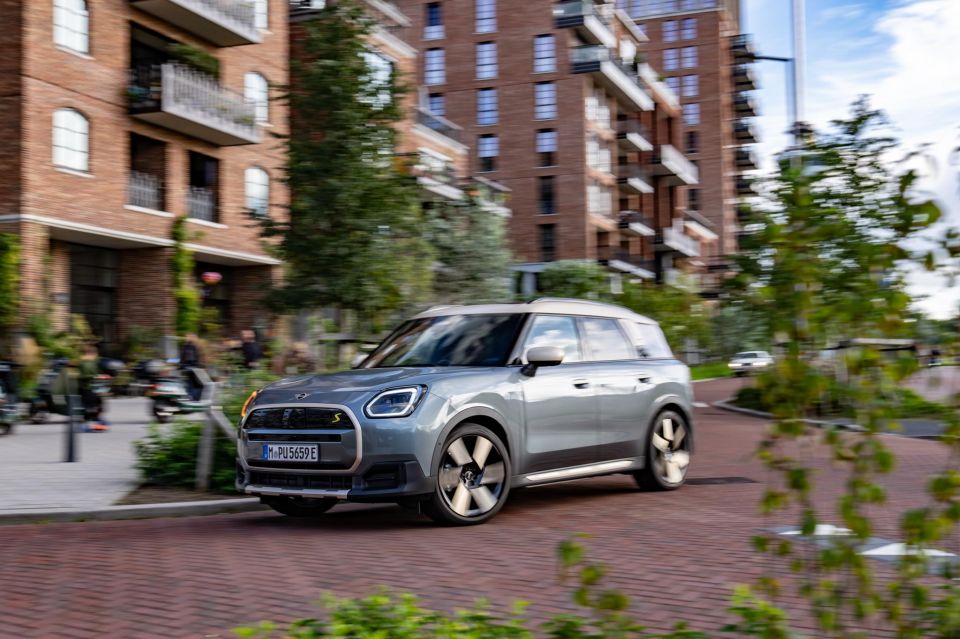
Our prescribed drive loop consisted of around 50km of Portuguese highways, as well as urban and rural roads. There was also a touch of dynamic driving to see what the car is capable of.
Starting up the Mini Countryman SE is quite an emotional experience. You first need to turn the little knob at the base of the dashboard like a key, which then makes a sound play when it has switched on.
Driving around at low speeds the car is largely silent. The only noise you may hear is the audible tone that plays on the outside so pedestrians and other vulnerable road users can hear you coming.
Like the related BMW iX1 xDrive30 and iX2 xDrive30 which share the dual-electric motor setup as the Countryman SE on test, power definitely isn’t lacking. It’s not quite the most powerful in the Countryman range, but by far the torquiest.
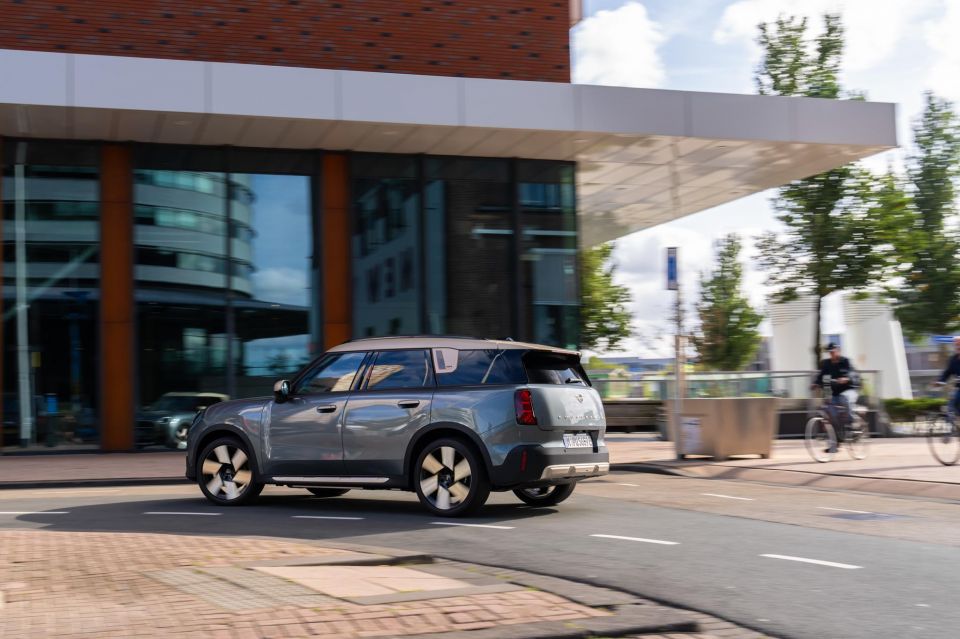
Although the car also mightn’t look like it’s very fast, trust me it is. All that torque is available from standstill as well, like all EVs.
There are two fundamental ways to drive the Countryman SE. First is ‘D’ mode which offers an internal combustion engine-like driving experience where you need to use the brake pedal to come to a complete stop.
There’s also ‘B’ mode that can be activated by pushing down on the gear selector one more time after ‘D’ is activated. This is more like a one-pedal driving mode that allows the car to come to a complete stop without touching the brakes.
You do still need to use the brake pedal at points to slow down faster, but it’s my preferred way to drive an EV.
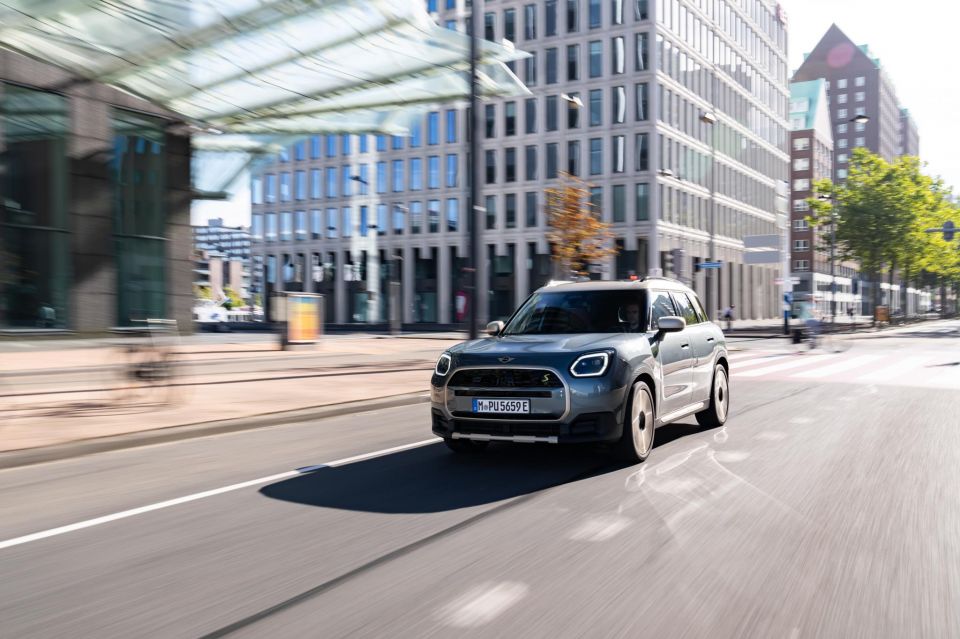
As standard there are front and rear parking sensors, as well as a surround-view camera. Another notable parking-related feature is a parking assistant.
In the default or normal ‘Core’ driving mode the steering is light and direct, which makes the Countryman SE easy to manoeuvre in low-speed situations. You can make the steering firmer by playing around with different ‘Experience’ modes.
As I noted in the interior section, there are a wide range of ‘Experience’ modes in the new Countryman.
While I liked the look of Timeless when putting around town, my favourite when doing some more spirted driving was Go Kart which is essentially sport mode.
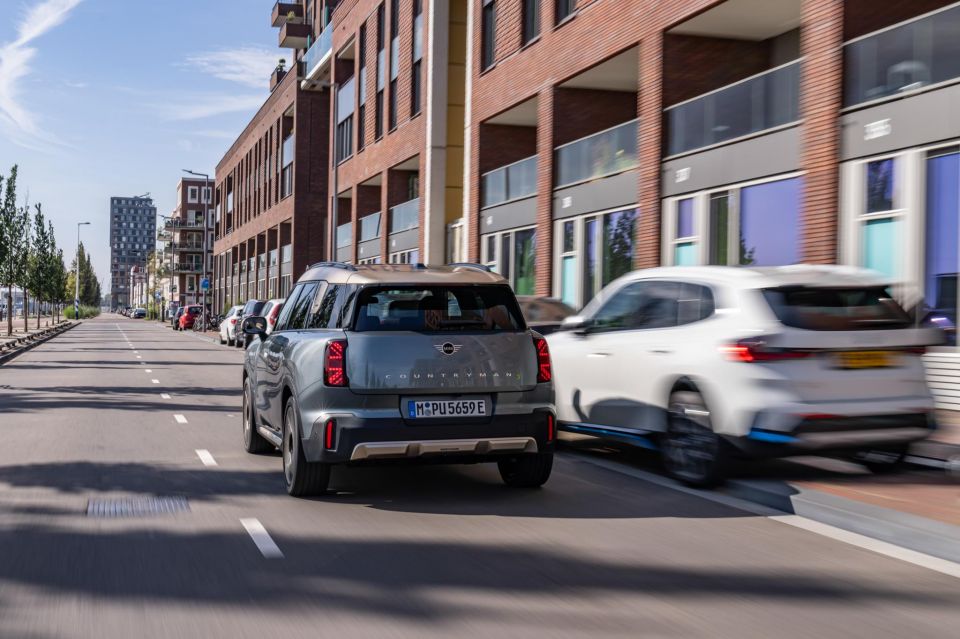
When the Go Kart mode is selected there are fantastic noises that are played in the cabin, including sonic booms when you surpass a certain speed and strange pops and crackles when you let off the accelerator. It’s rather smile-inducing stuff.
Unfortunately the Countryman SE doesn’t come with a ‘Boost’ mode like the related BMW iX2 xDrive30. This does make sense though because this vehicle isn’t really being pitched as a high-performance vehicle in the same way as the JCW.
This is also noticeable in the way the Countryman SE takes corners. As an EV it’s innately heavier than its petrol-powered counterpart, which means it does have a bit more body roll in tighter corners.
The Countryman SE also has fixed-rate dampers, unlike the Countryman JCW’s adaptive suspension, that can’t be made firmer for that sporty and controlled feel.

Despite this, the Countryman SE is still exhilarating and never unwieldy to drive dynamically. Speed also piles on very easily, so if you’re not paying attention the speed limit will creep up on you very quickly.
Unsurprisingly the Countryman SE is capable of being an ultra-comfortable highway tourer. This is somewhat ironic however as it’s where EVs are typically at their most inefficient.
On the safety front, the adaptive cruise control system is fantastic. The radar-based system is considerably better than the previous-generation’s camera-based system.
Like the BMW iX2 I also drove in Portugal, the Countryman SE’s adaptive cruise control system is one of the better systems at reacting naturally when a car pulls into your lane.
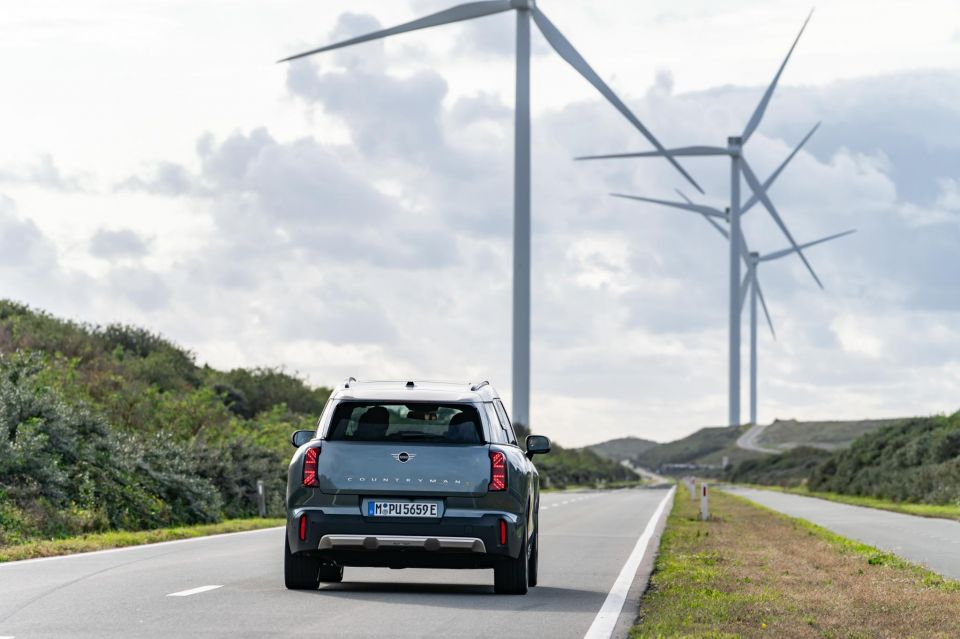
Thankfully the lane-keep assist isn’t too intrusive and the lane-centring function is great. The latter of these systems is best left for clearly marked highways and freeways.
The last safety feature I want to mention in this section is the speed limit assist function that was present in our European-specification tester.
When you travelled 2-3km/h over the posted limit a chime would play. Although this chime wasn’t as obnoxious as the likes of Hyundai’s and Kia’s, it would default to on every time you switch the car on.
In Europe there is currently a mandate to have intelligent speed limit assist features on new models sold in the region. It’s not currently mandated in Australia.
The Mini Countryman SE All4 is available in the following trims – Classic, Favoured and JCW Sport. Core is reserved for the entry-level Countryman E.
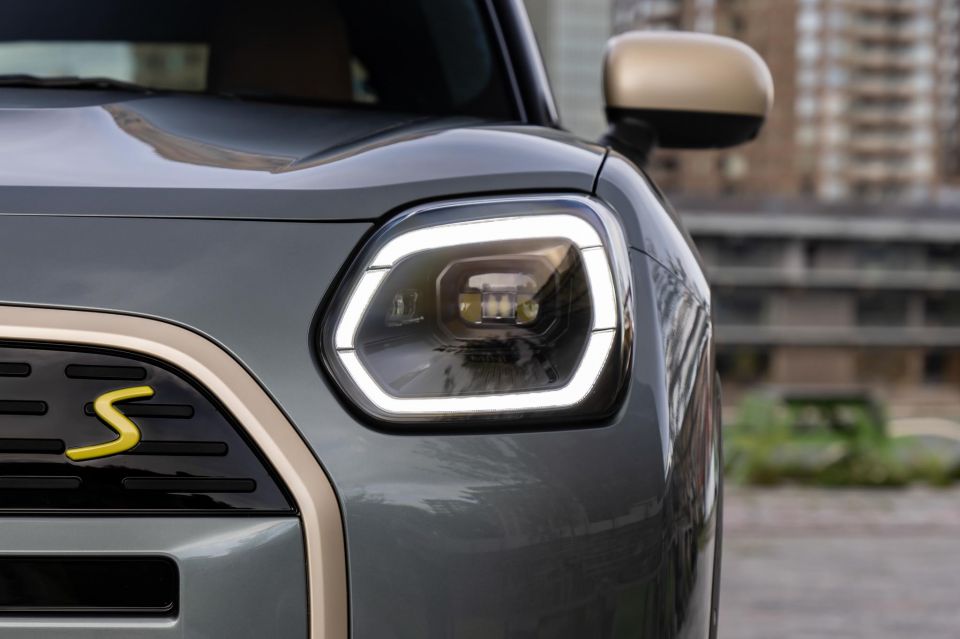

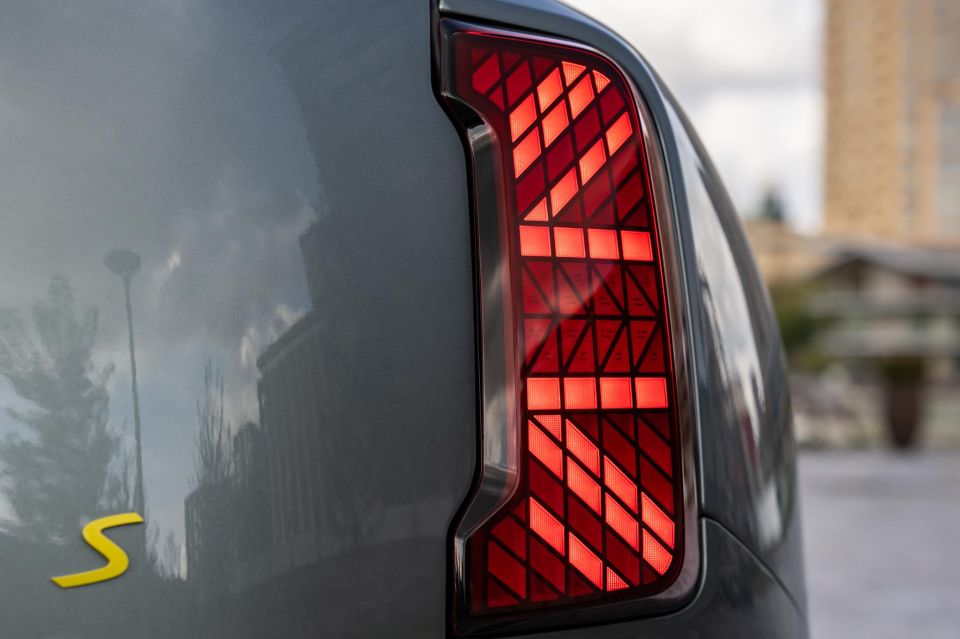
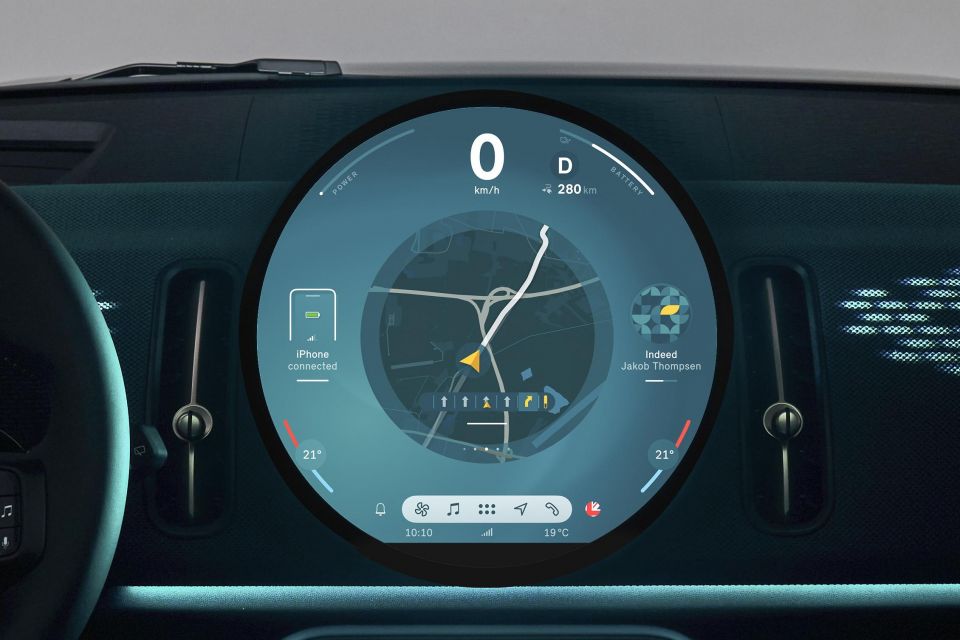
Core highlights:
Classic adds:
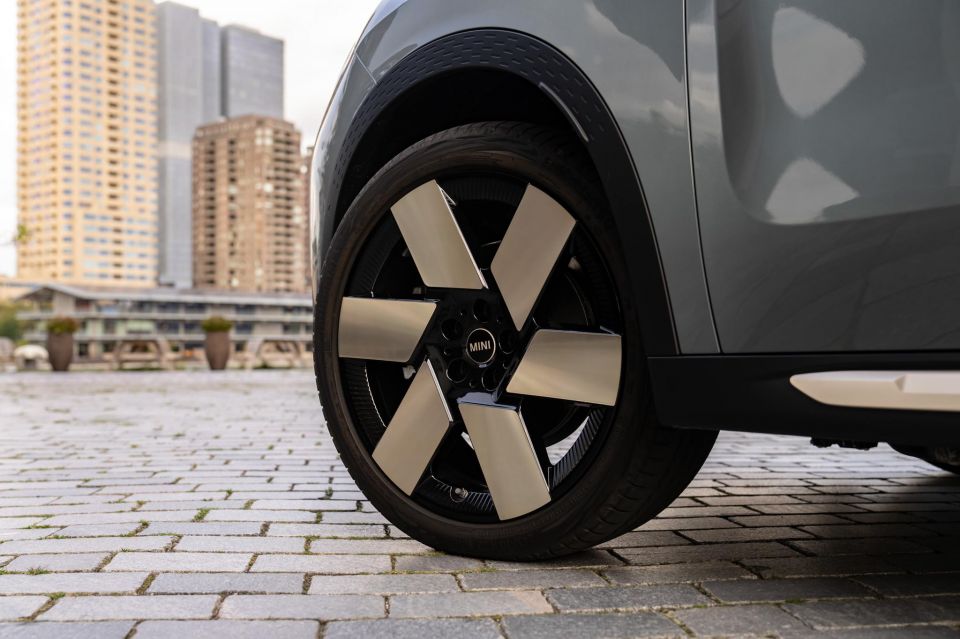
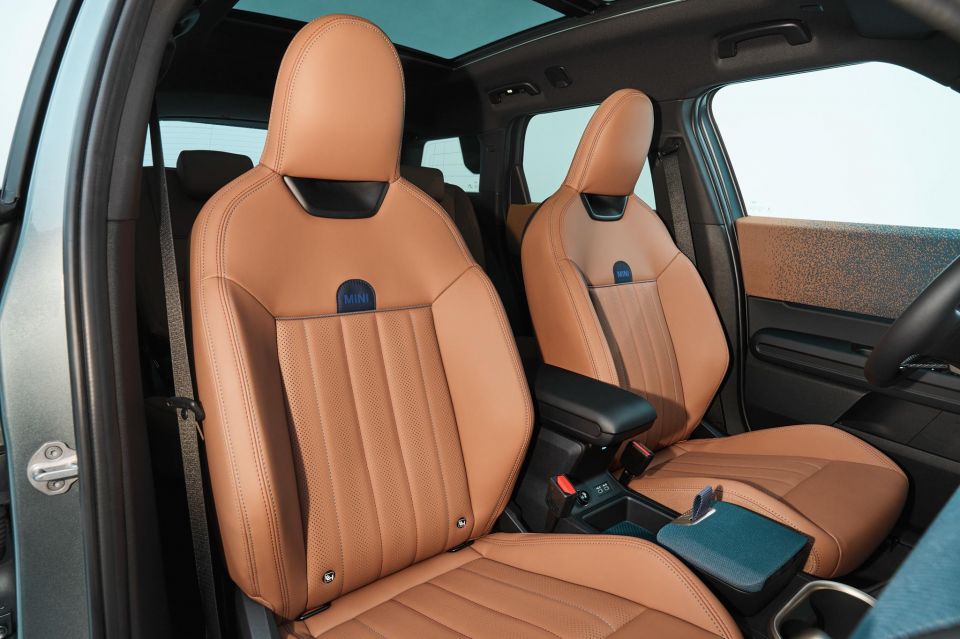
Favoured adds:
The electric Mini Countryman has yet to be tested by ANCAP or Euro NCAP, foregoing a safety rating for now.
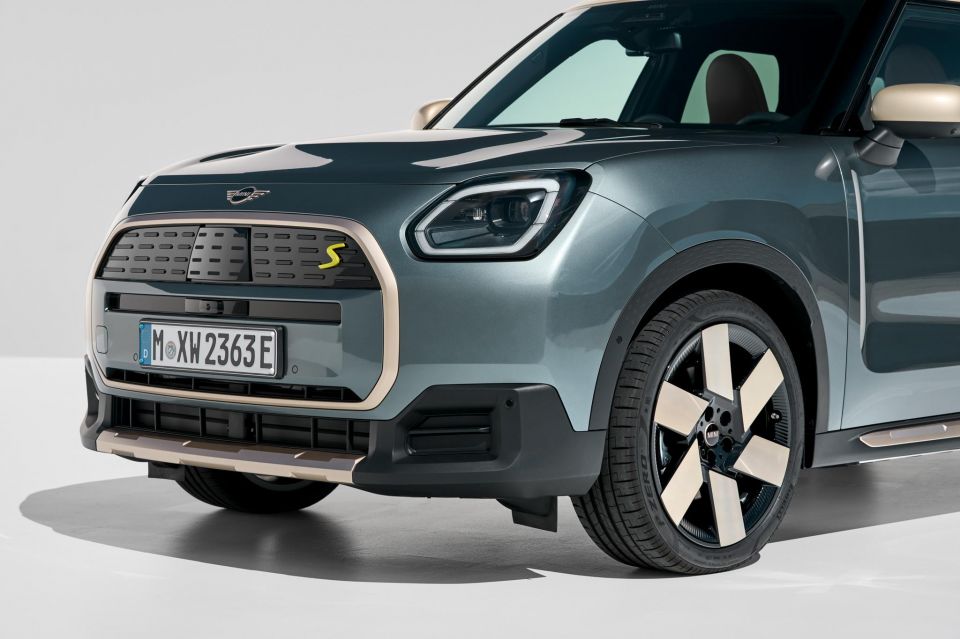
All electric Countryman variants come with the following safety equipment:
Classic and above add:
The 2024 Mini Countryman E and SE are covered by a five-year, unlimited-kilometre warranty.
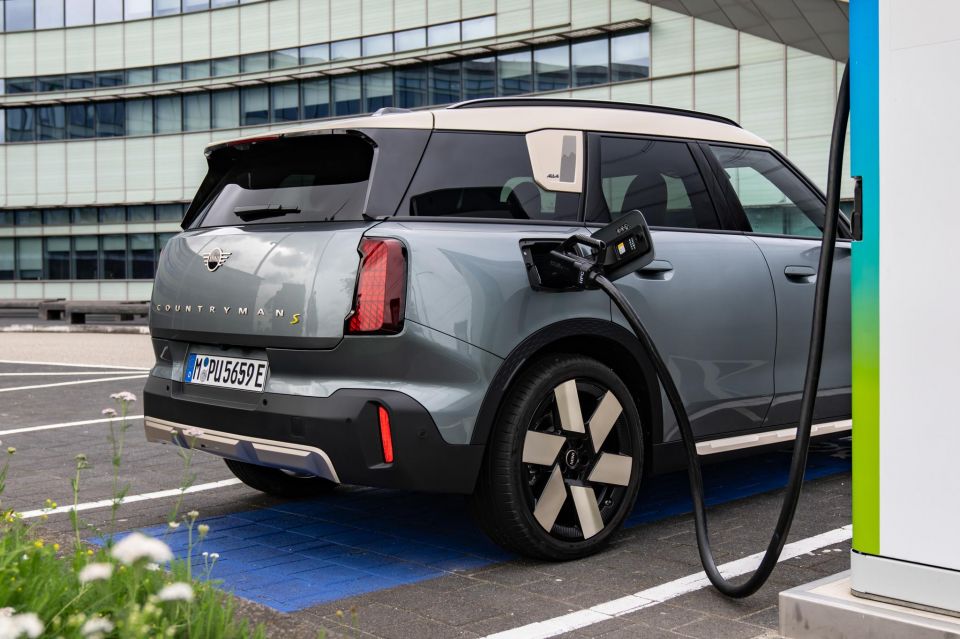
Mini Australia offers a six-year/unlimited-kilometre Service Inclusive Package for the Countryman SE All4 that costs $1753.
Buy your new car without the stress. It's fast, simple and completely free.

Great service from Travis and team, second time I have used this business would not hesitate to recommend them to anyone
Craig C.
Purchased a Ford Ranger in Sunshine Coast, QLD
CarExpert helped Craig save $7,224 on his Ford Ranger, now let us save you on your next new car.
Get your BEST priceThe new-generation Mini Countryman has grown a considerable amount but somehow it still looks, feels and drives like a Mini.
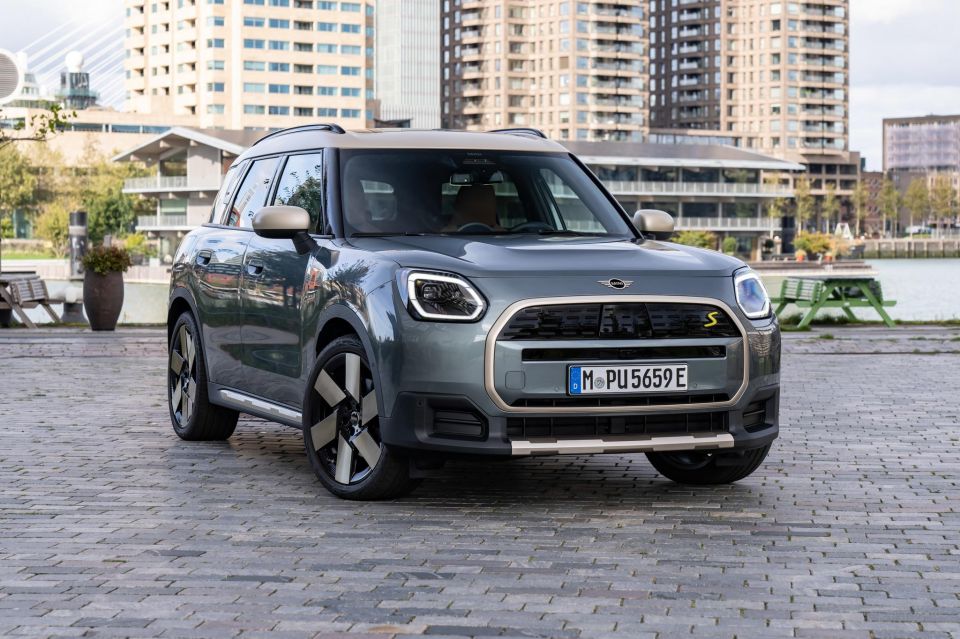
This is even more surprising given it’s now available with an electric powertrain which adds a fair bit of extra weight.
The interior in particular is a standout in the new Countryman with its 9.4-inch circular OLED touchscreen infotainment system and the cool-looking textile dashboard. It’s disappointing however how many harder plastics there are and how laggy the touchscreen can be.
The flagship Mini Countryman SE ALL4 is somewhat of a bargain when you compare it against the related BMW iX1. It also feels a lot more special and charming than its German sibling. The Favoured trim on test forms as the pick of the range if you want a fully-loaded vehicle with luxurious touches and plenty of silent but deadly power to boot.
If you don’t need all the power however, it would be smart to consider the single-motor Countryman E Favoured which gets you the same looks and all the same equipment but with one less electric motor. You’ll also be saving $7000 in the process and gaining more range as both the Countryman E and Countryman SE have the same 64kWh battery pack.
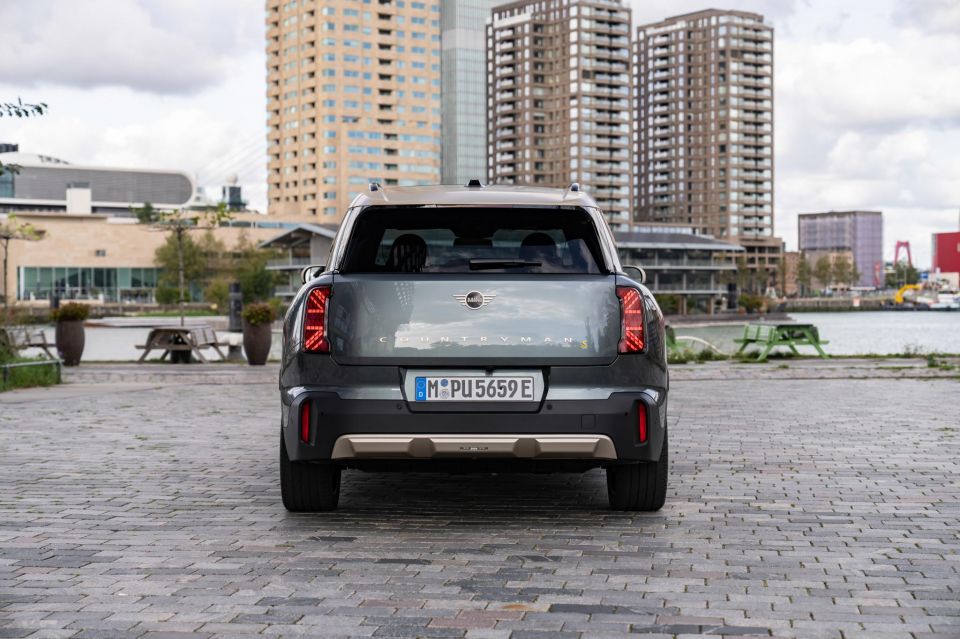
Click the images for the full gallery
MORE: Buy a Mini Countryman MORE: Everything Mini Countryman
Where expert car reviews meet expert car buying – CarExpert gives you trusted advice, personalised service and real savings on your next new car.
Jack Quick is an automotive journalist based in Melbourne. Jack studied journalism and photography at Deakin University in Burwood, and previously represented the university in dance nationally. In his spare time, he loves to pump Charli XCX and play a bit of Grand Theft Auto. He’s also the proud owner of a blue, manual 2020 Suzuki Jimny.


William Stopford
17 Hours Ago
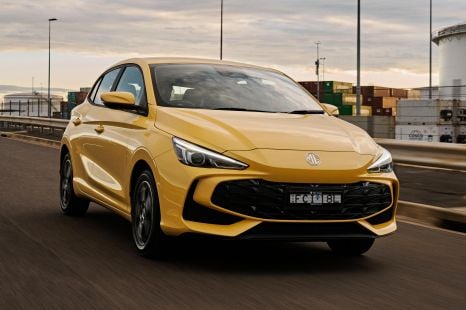

William Stopford
2 Days Ago
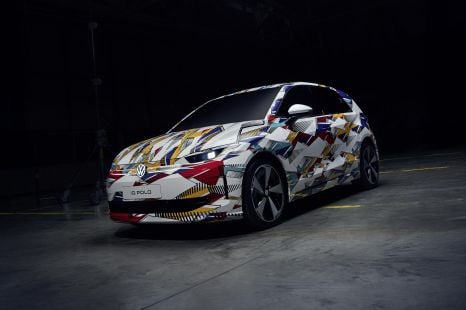

James Wong
9 Days Ago
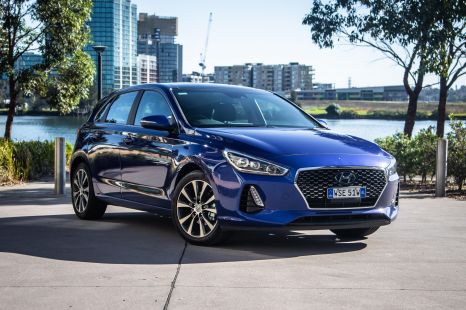

William Stopford
11 Days Ago
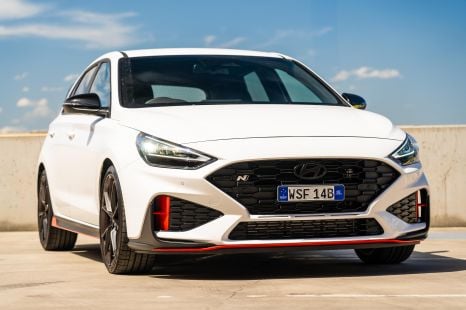

William Stopford
12 Days Ago
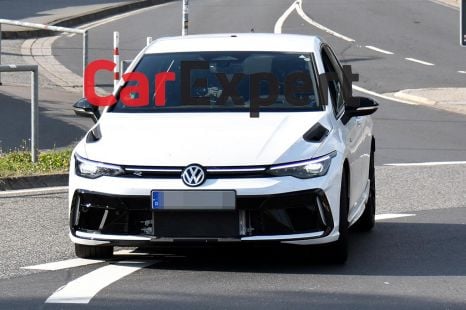

Damion Smy
16 Days Ago